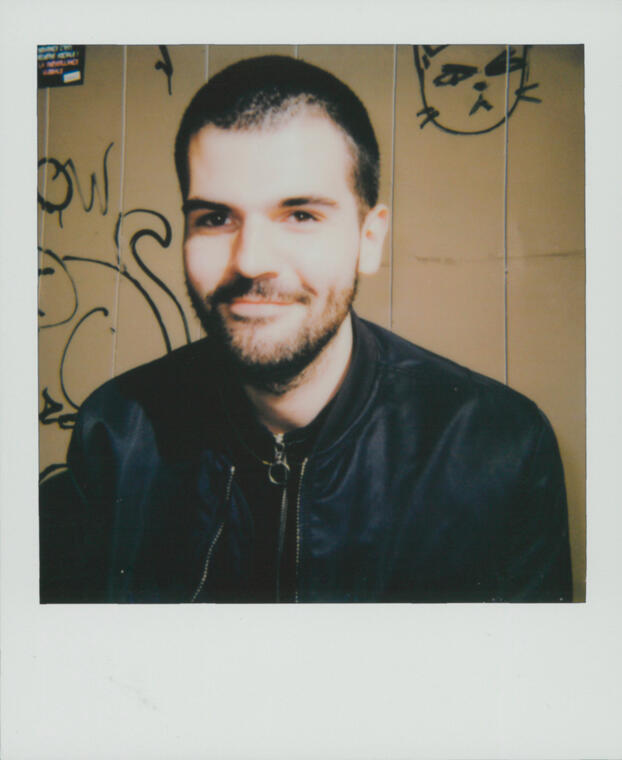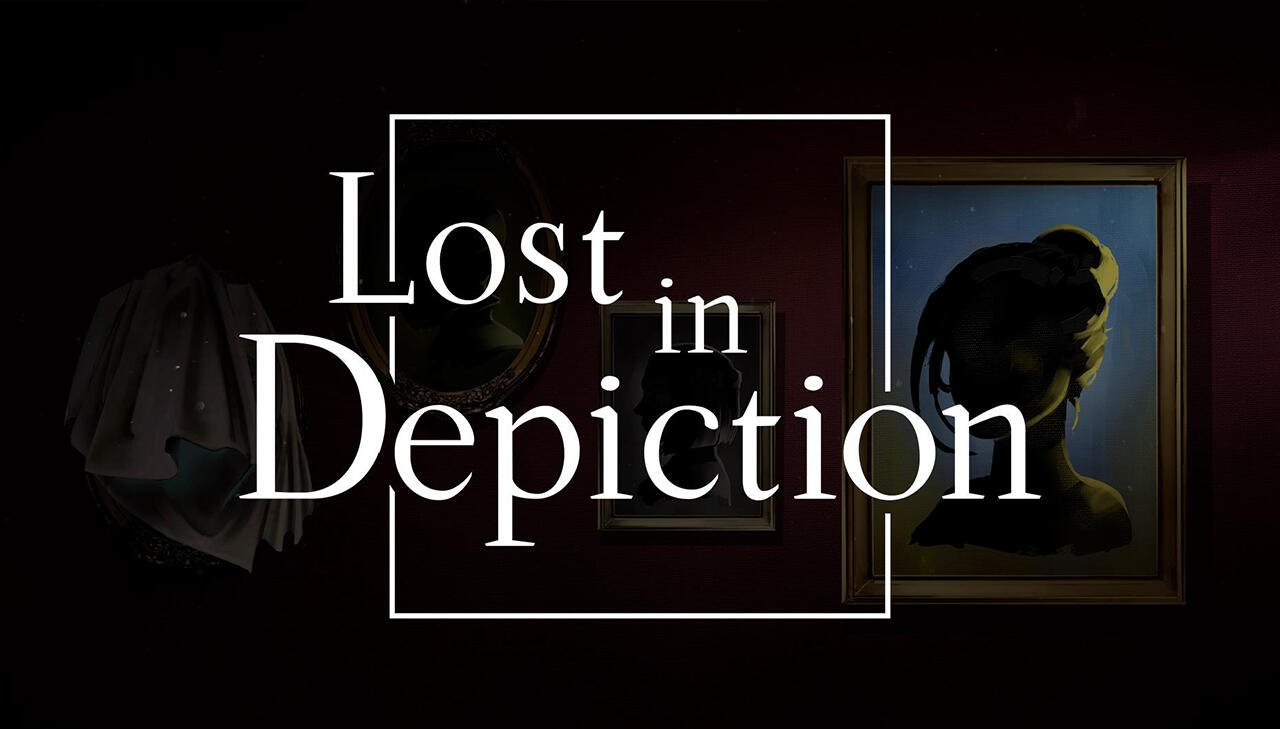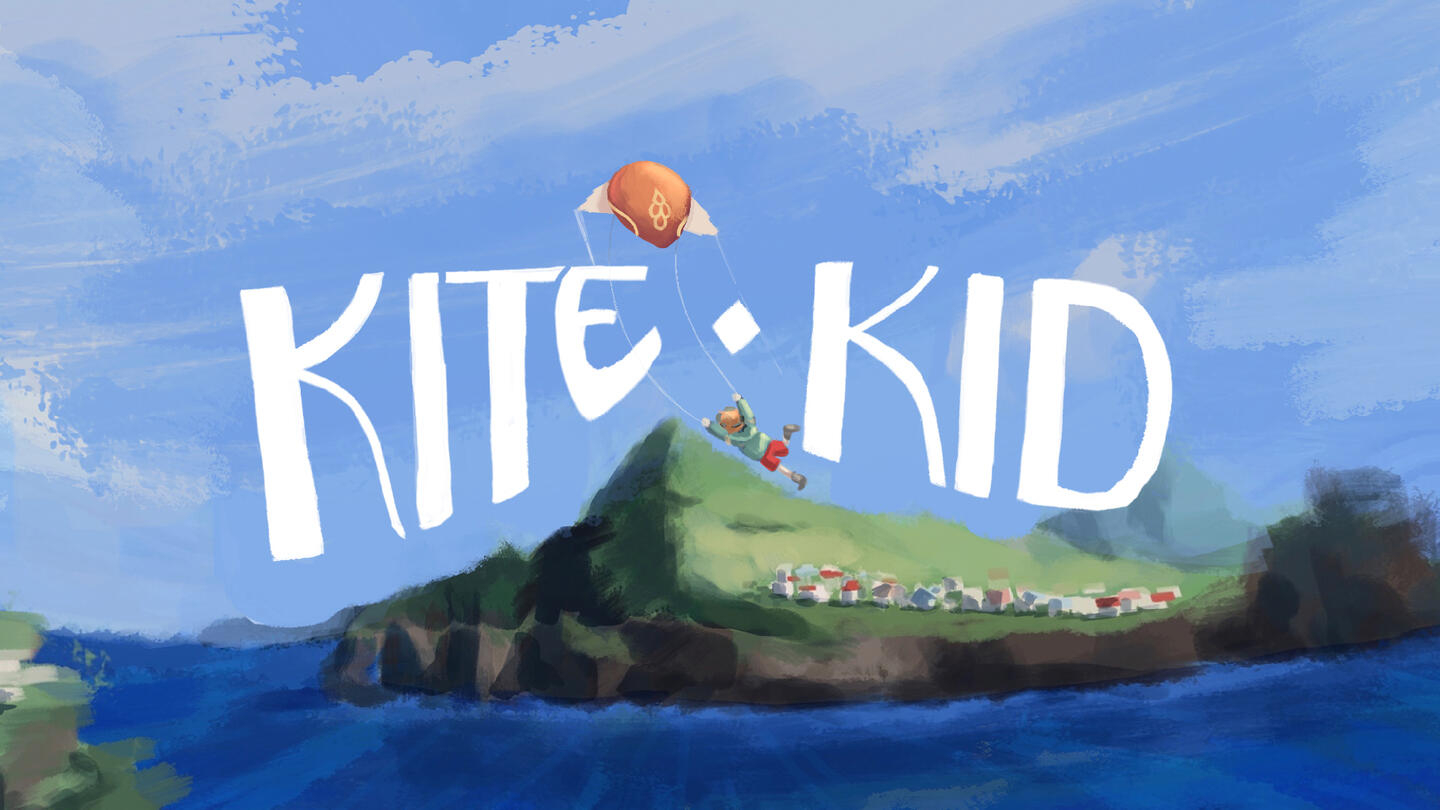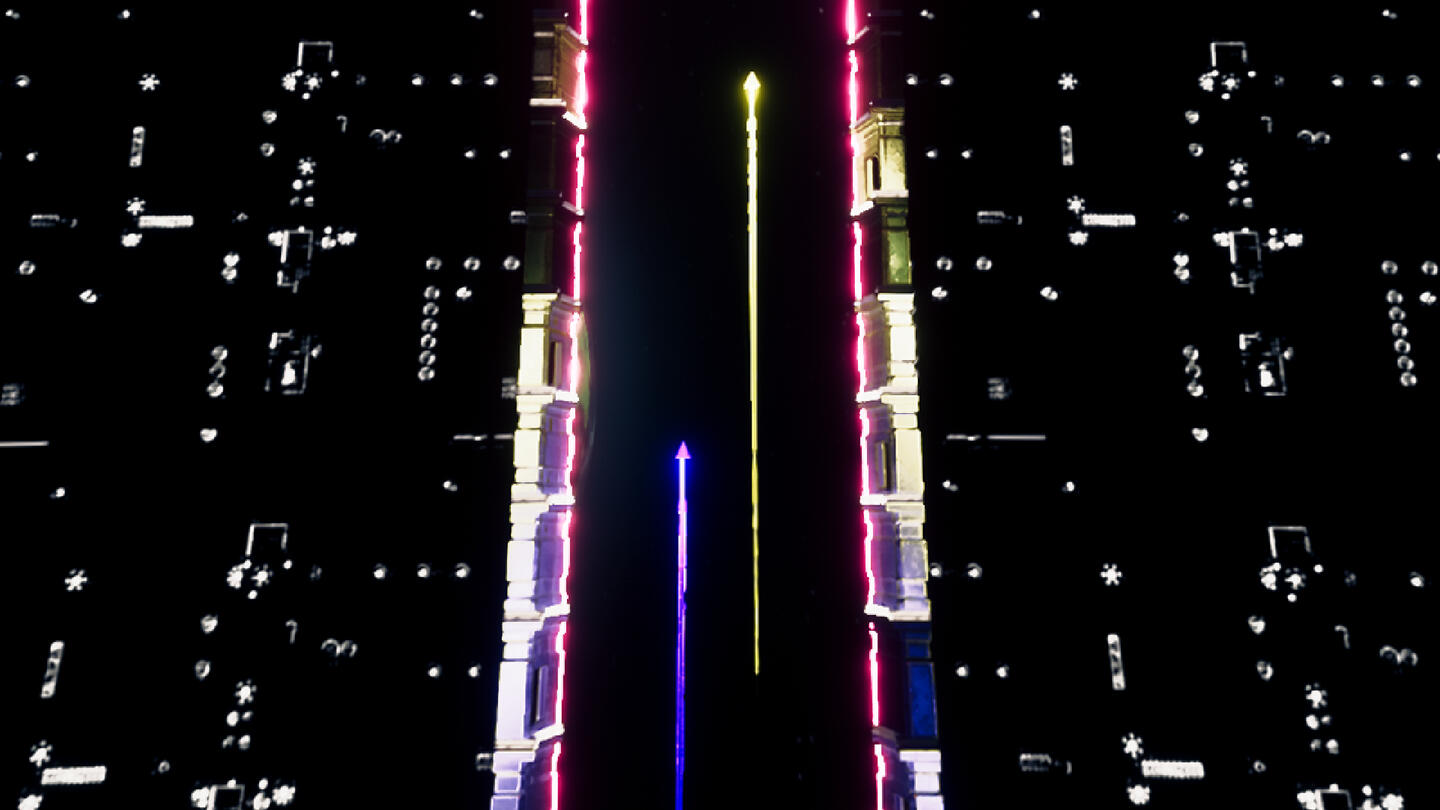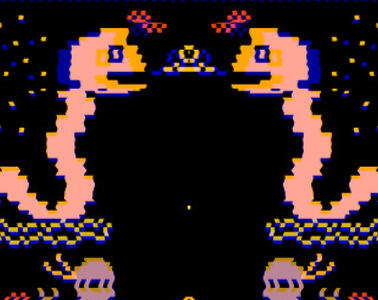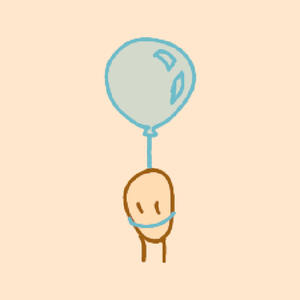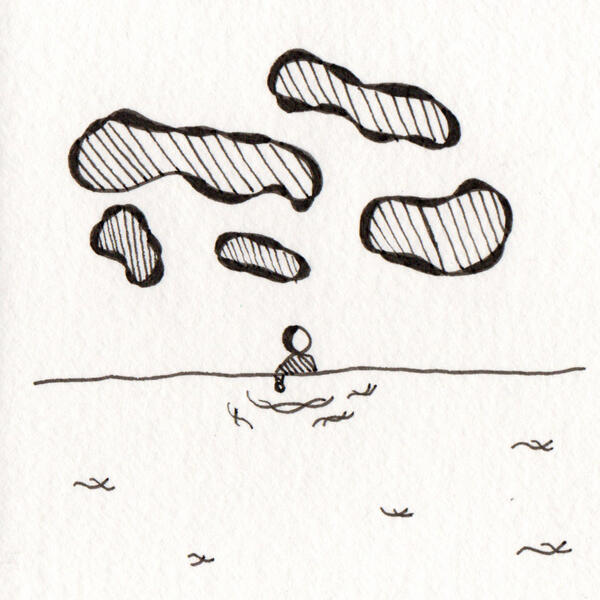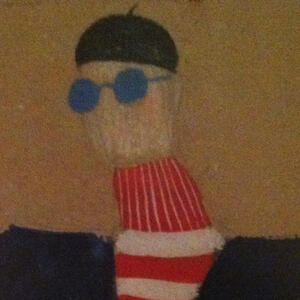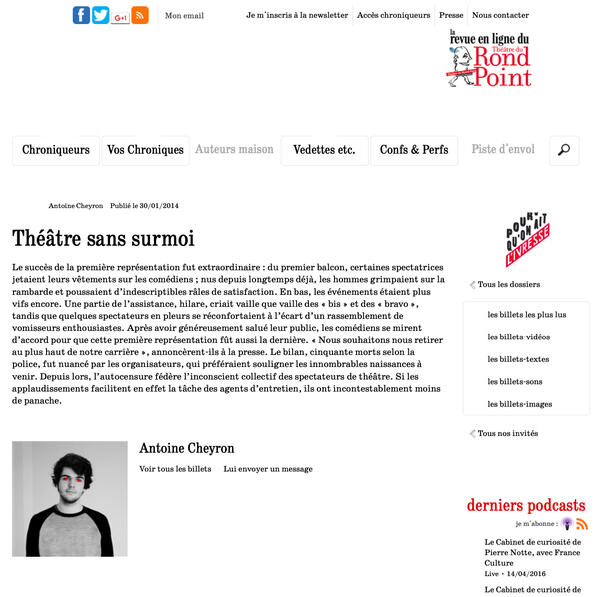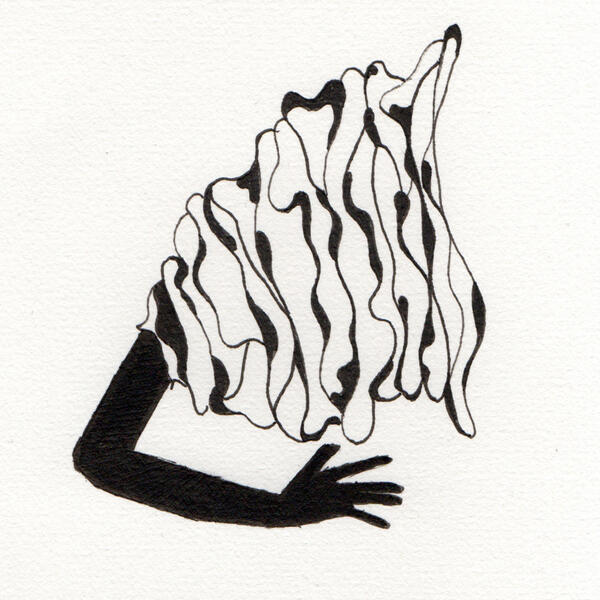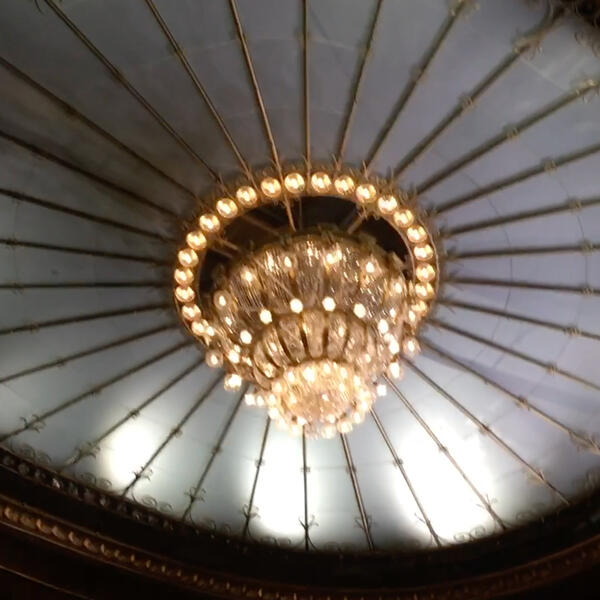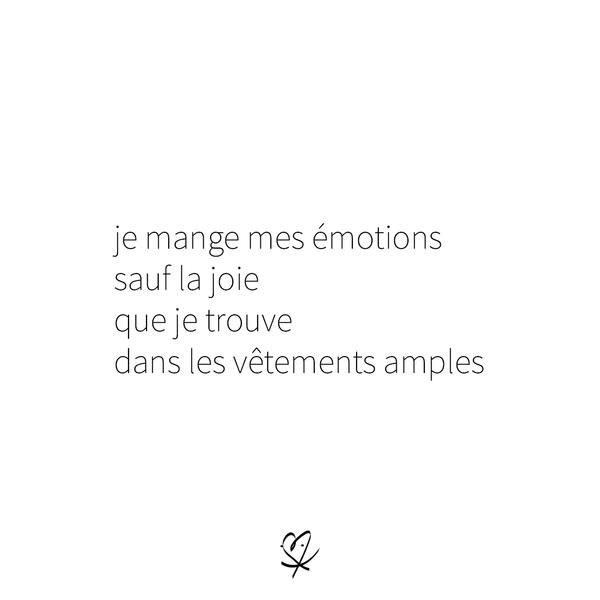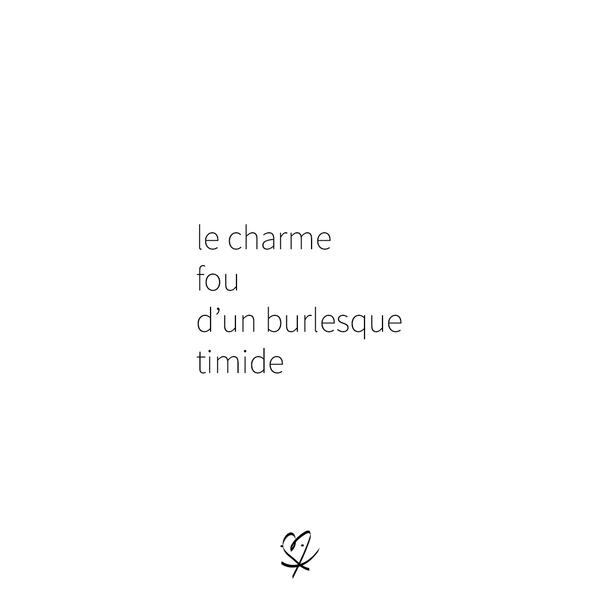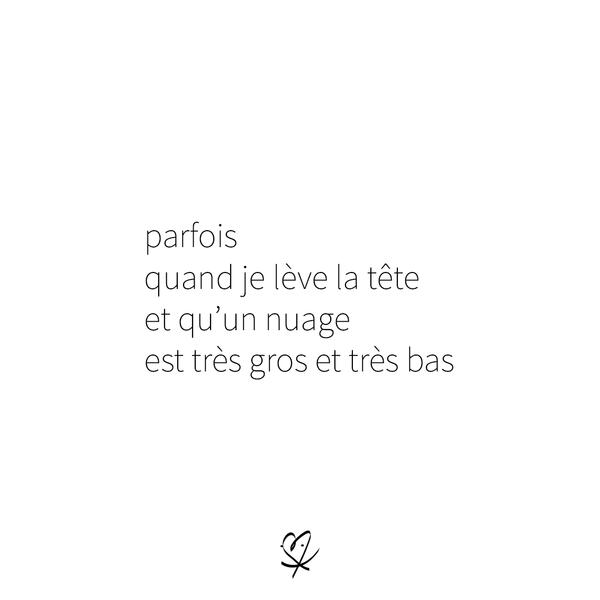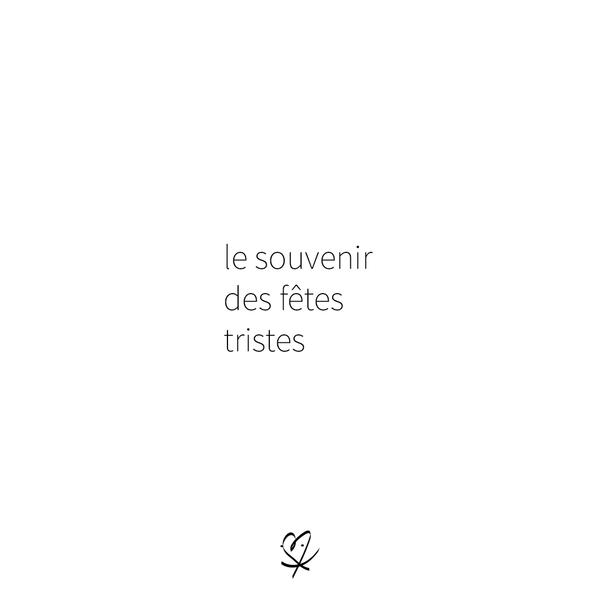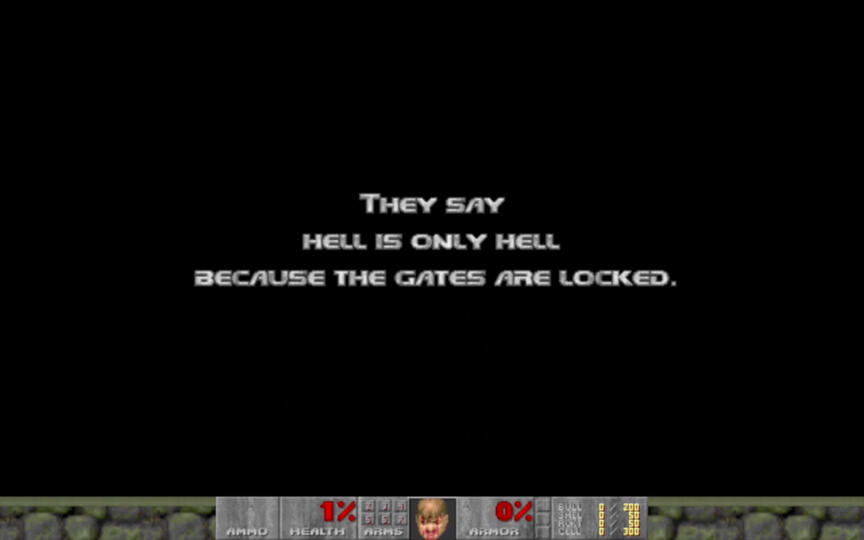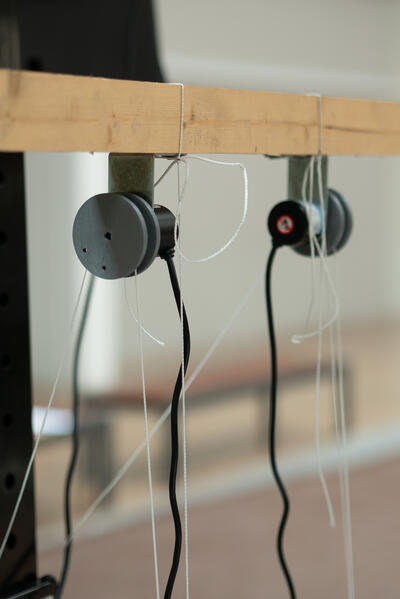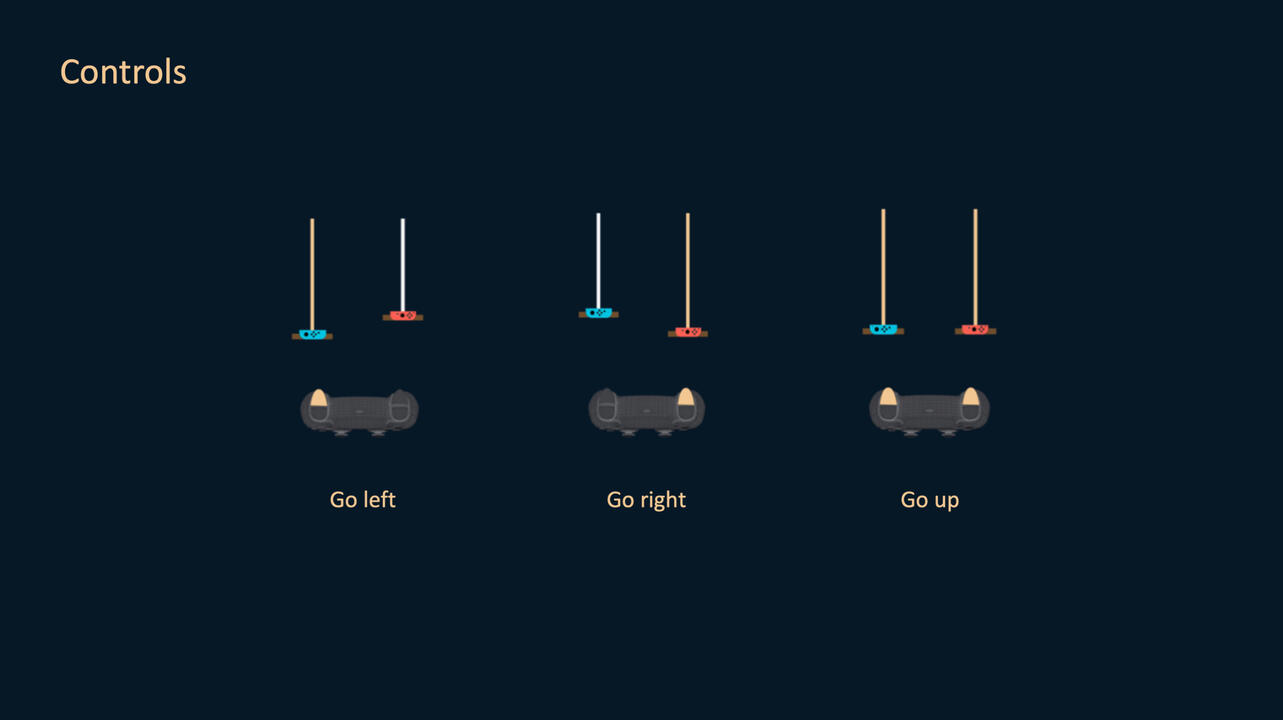Antoine Rey
Game Designer
Hi, I'm Antoine :)Currently Game Designer at The Game Bakers.I completed my Master's degree in Game Design at CNAM-ENJMIN.I approach design as a whole, and believe in the continuity between story and gameplay. I like to craft interesting worlds and characters, as well as thought-out and polished interactions and features.I'm ever curious and feel as driven by the exchange of high level ideas than by the discovery of tools and the daily iterative work to enhance a project.My past experiences include a Bachelor in Cultural Management and several roles in production and PR, in the arts and fashion industries. Through them, I've acquired significant problem-solving skills, an affinity for creation, an eye for detail and the ability to work collaboratively. I speak and write fluently in both French and English.If you're interested in my profile, I would love to hear from you: please get in touch!

Games
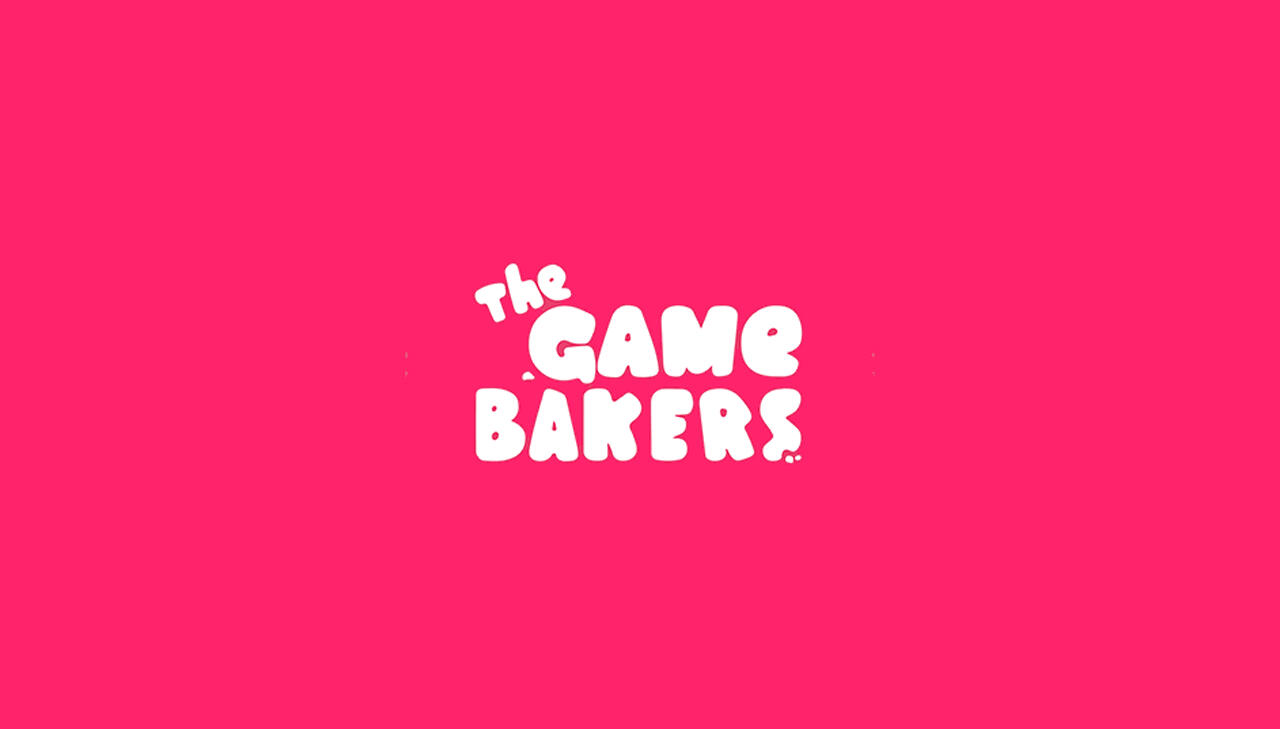
[Unannounced Project]
Game DesignerSince March 2023
Personal Projects
Writing
Visual
Videos made respecting the 1 Second Everyday format
July skies, 2022
2020
Writing samples, mostly short-forms, experimenting with different presentations.
A collection of drawings and watercolor paintings.
Below are selected movies and books reviews, written in French between 2013-2016.
They were initially published on the website Senscritique.com, under the pseudonym Obstiné.
Don't touch me please
Shanti Masud, 2010
*These words were picked up by the director to use in the description of the short film, on her Vimeo.
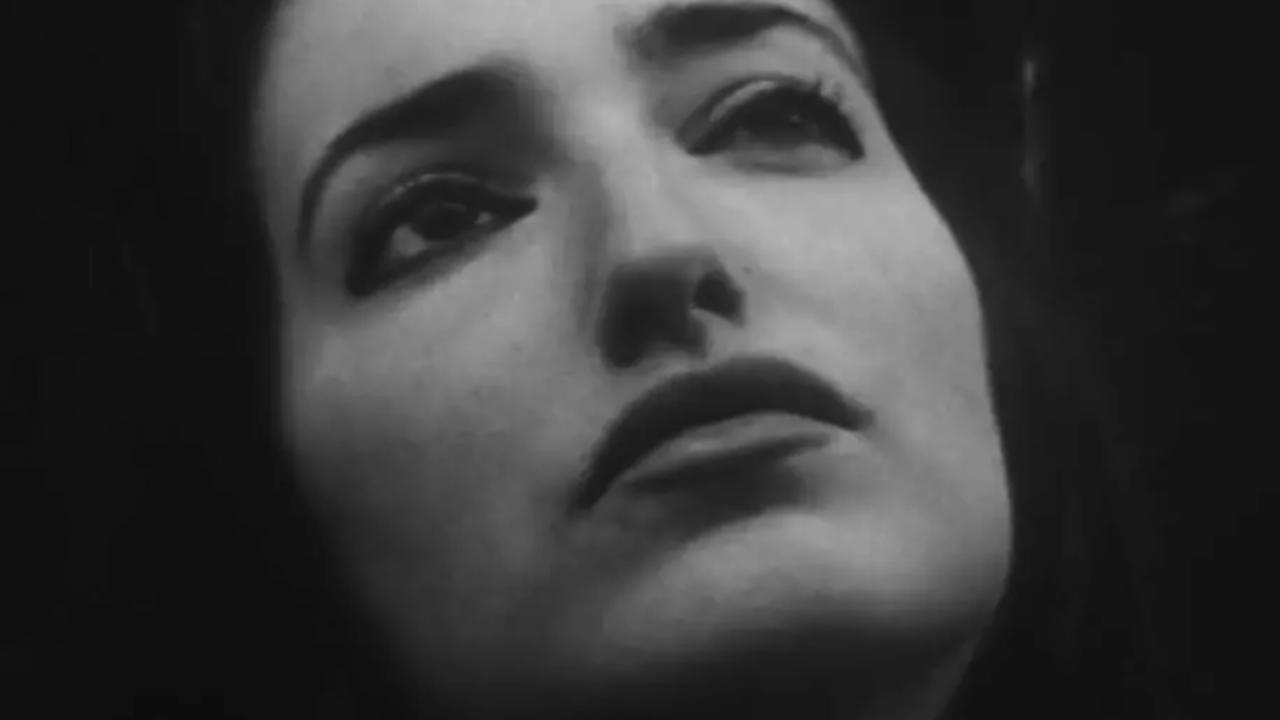
the world moves slower I findL’art de la fugue : le désir propose, se répond à lui-même, s’emballe, se transforme, se dédit et se tait.L’amour, surtout, sans mots, se scande. Mais un muet en creux discours : l’amour aussi toujours en creux. Car il est évoqué dans ses absences, ses croisements et ses fuites. Masud c’est Barthes. Une telle conscience des élans et des sentiments aboutit à la grâce. Une telle conscience des corps à la beauté. J’ai vu du cinéma pur, qui montre autant qu’il interprète. Chez Shanti Masud, on ne propose pas un « paysage de l’amour » ou des « variations sur le désir » : parce que ce serait plat, ce serait chiant — ici chaque moment est un événement ; on se souvient des événements ; le cinéma, parce que reproductible, est si rarement événement (tour de force ou de magie ?).Peut-être cela tient-il au fait que dans la parade amoureuse, la réalisatrice choisit de filmer l’un... que l’un, c’est soi ou l’autre... mais toujours moi dans l’équation. Je me souviens d’elle sur le pont / de moi sur la plage / de nous sur la piste de danse.Et alors, en voyant en écoutant Don’t touch me please, film qui commence par un big bang et finit par un crépuscule, j’ai vécu.Un tel cinéma n’existe que dans les rêves.
Ce cher mois d'août
Miguel Gomes, 2008
*

Saudade et boutinadeIci, Miguel Gomes filme comme il parle, parle comme il pense.On se rencontre au mois de septembre, plein de souvenirs, et il me raconte ses derniers mois : les galères du tournage, les volontés manquées, les anecdotes. Ce n’est pas une discussion cadrée, bazardée en une heure, mais plutôt de ces discussions avec un ami proche : celles où l'on parle beaucoup, longtemps, où l'on s’ennuie parfois un peu, où l'on fredonne les airs qui nous passent par la tête, où l’on répète les choses qui nous ont beaucoup marqués. Alors parfois il m’embête un peu : son Adieu Philippine lusophone, moi, je n’y crois pas trop ; ses chansons m’agacent, je lui répète que je n’étais pas là. Mais je ne lui en veux pas, parce que c’est mon ami.Et il filme comme il parle, et il parle comme il pense — et j’aime les mots, les voix, et j’aime les idées brutes, à peine formées. Alors ses images, à Miguel, me plaisent beaucoup.Ce cher mois d’août pourrait être un film sans dialogue, il serait toujours discours. Et on se laisse porter : il est de ces films qu’on ne voit bien que quand on est bien — quand notre rythme cardiaque est bas, notre température moyenne, bulle du cinéma. Hors du temps il y a ça : des amours de vacances, des anonymes qui dansent, des conversations insignifiantes.Du point de vue du réalisateur, il y a la question de l’écart esthétique, non pas dans le sens que lui donne la critique littéraire, mais dans celui que lui donne l’expérience : écart entre le projet initial et le résultat final, petit interstice de lumière duquel jaillit l’art et la poésie. Ici cet écart est mis à profit, et puisque on ne donne pas à Gomes les sous pour réaliser sa fiction, il court la campagne en quête de celle qui existe déjà partout et de celle qu’il engendre lui-même avec sa caméra 16 mm : Paulo « Meunier », le chanteur de karaoké, le miraculé de Notre-Dame, et puis surtout cette foule de gens qui « joue » plus ou moins devant la caméra comme on le ferait sur un film de vacances. Finalement, cette première partie passée, le mélo mais lisse enfin réalisé est presque décevant — presque, parce que ça reste un ensemble cohérent, moins fort que Comencini ou Saura, mais le but n'était pas de les égaler. Le générique final n’en est que plus chouette.Miguel ne me parle plus depuis cinq minutes. Nos verres sont aussi vides que l’endroit où nous nous trouvons, le cendrier témoigne des heures passées. On paye, on s’en va, on se quitte sans dire un mot. Fin de l’été.
Mémoires sauvés du vent
Richard Brautigan, 1982
*
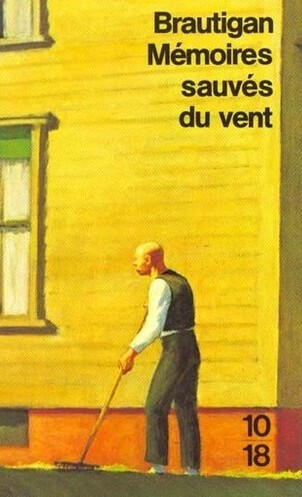
L'étang passe viteRichard Brautigan. L’auteur ne paye pas de mine. Un croisement entre George Brassens et John Lennon, un soupçon du cowboy Marlboro pour le côté Yankee, et surtout beaucoup, beaucoup d’alcool.Rien à voir avec le narrateur de Mémoires sauvés du vent. Narrateur étrange s’il en est, puisque, la cinquantaine, il raconte sa vie d’enfant, à travers ses pensées d’enfant, grâce à ses mots d’adultes. Ce style inhabituel confère au court roman de Brautigan une aura unique. Si l’Amérique d’après-guerre est précisément restituée (un étang, des vieux fous, une station-service, des armes, du ketchup), ce sont les associations d’idées et les digressions de l’enfant- narrateur qui font l’ambiance. Et ses observations, images formidables et détonantes (« Le matin suivant, je me levai et m’habillai tout doucement, comme une souris qui enfile un Kleenex »). Son jeu avec le lecteur, aussi (très jolie utilisation des notes de bas de page). Et puis un ton vraiment habile, très américain mais rempli de nuances d’enfant, d’une tristesse débordante mais pas non plus prépondérante, d’un humour latent. Jamais pesant, léger, et pourtant obscur, limite cynique.Ce gosse qui a cessé d’être un gosse en février 48 est bien un « drôle de gosse », et Brautigan, en couchant cette histoire (d’inspiration très autobiographique) sur le papier, réussit à faire de deux vers, brillante rengaine, une définition de son roman : « Mémoires sauvés du vent, poussières d’Amérique... »
After Life
Hirokazu Kore-eda, 1998
*

En semaine de fin prochaineDans After Life, Hirokazu Kore-eda a le mérite d'exploiter une idée riche en fantasmes et en suppositions : « que se passe-t-il lorsqu'on meurt ? »Plutôt que de plonger directement dans un pathétique qui correspondrait pourtant au sujet, plutôt que d'imaginer un entre-deux manichéen et des personnages faisant pénitence, Kore-eda, curieux mélange entre un Kurosawa humaniste et un Gondry fantaisiste, propose sa vision d'un atelier pour mourir bien.Le lieu, d'abord : ici point de paysage céleste ni de chérubin au second plan, point non plus de grand tribunal de conscience. Un vieux collège désaffecté, un gymnase gris et tout ce qu'il y a de plus ordinaire, une entreprise impersonnelle. Il y a toujours dans After Life une sorte d'espace où se confondent réel et irréel, et la froideur de l'endroit n'y est pas pour rien tant elle contraste avec le propos.L'aspect documentaire, aussi, donne cette impression de réel. On apprend, en fouillant un peu sur internet, que de nombreux témoignages du films étaient improvisés par des amateurs, qui racontaient leurs propres souvenirs. En somme tout est fait pour que cette vision de l'après-mort (ou de l'après-vie, c'est selon) soit une réponse vraisemblable, possible.Aucun stéréotype n'est admis. Chacune des vingt-deux personnes apporte son lot d'étrangetés et de banalités, et le choix d'un souvenir précis, d'un seul souvenir à garder pour l'éternité est d'autant plus frappant pour le spectateur que ces souvenirs sont uniques. Ils ne correspondent pas à une conception commune qui imposerait un vieux monsieur se choisissant avec ses petits-enfants, une institutrice qui se choisirait découvrant le goût du savoir chez un de ses élèves, bref ces clichés parfaitement hollywoodiens.Les employés, les « fonctionnaires » de l'endroit, qui aident les morts à choisir un souvenir et à le réaliser, eh bien ces employés sont ici car ils n'ont pas pu ou n'ont pas voulu faire un choix. D'ailleurs on le devine bien avant l'annonce explicite, car ce sont eux qui sont les plus tourmentés. On sent, et c'est surtout le cas pour Shiori, que ces personnages ont encore un lien, plus ou moins ténu mais certain avec leurs vies d'avant.S'imaginant qu'une semaine dans cet endroit représente en fait le moment entre la vie et la mort où tout ce que vous avez vécu défile devant vos yeux, supposant que l'unique souvenir à choisir est celui sur lequel vos yeux s'arrêteront définitivement, on peut présumer que les fonctionnaires d'After Life sont des comateux, des gens pas tout à fait mort au bon moment, ceux qui avaient encore des choses à faire et qui n'ont pas eut le temps de voir le moment le plus marquant de leur vie.En fin de compte, After Life est un film de genre au discours extrêmement intime, propre à chacun des personnages qui passe de la vie à la mort. La mélancolie qui s'en dégage, pourtant, est absolument universelle, et le film mérite d'être vu, rien que pour se laisser emporter par la douce poésie nippone savamment composée par Kore-eda.
⏰ 2 weeks
🔨 Ultimate Doom Builder
👤 Solo project
From Hell With Love is a student project developed during my first year at CNAM-ENJMIN. It was part of a level design exercise, using the editor Doom Builder.

Rundown
This project, which was a student exercise, eventually came out as a fun experiment with space and level design.The level consisted in escaping hell, meeting the 7 Deadly Sins along the way – in the shape of monsters, both friends and foes. It allowed me to combine a desire to integrate dialogs and an absurd tone, with adapted puzzles and challenges.
I especially worked on lighting and recurring environments signs to guide the player's attention. I also integrated secrets, that I intended to be quirky and in that regard hard to find, but never illogical or unfair (a philosophy that I believe to be in tune with how DOOM approached the issue).Playing with the available AI behaviours and the engine tools was fun to try and bend the initial gameplay and create fun situations.It was interesting to try and create room challenges that acted as set pieces in the progression. For instance, I worked on a bullet-hell arena using a scripted timer and invicible ennemies acting as turrets. The player also needed to gather clues from the dialogs in the level, to find out the best strategy to beat the final boss.

Finally, even though I couldn't explore that aspect as much as I wanted to fit with the exercise's constraints, it was interesting to devise the Sins' personnalities and express them through dialogs in a light, but cohesive way.
⏰ 2 weeks
🔨 Unity
👤 Team of 9
45° is a student project developed over 2 weeks during my first year at CNAM-ENJMIN.
Pitch
Two spaceships on the run!You can only take 45° turns, scrolling at lightspeed in the winding corridors of a gigantic spaceship. Will you take the risk of going faster, or will you let your opponent outrun you?Test your reflexes in this 2-player geometric race. You earn points each time your opponent goes off the camera’s range. After 3 minutes, the player who has the most points wins!
Responsibilities
On this project, I shared the game and level design responsibilities with a teammate.Along with the programmers, we quickly settled on a procedural generation system for the levels, that allowed us to provide a 3 minute experience (it was part of the exercise constraints), while still offering diversity and replayability.I designed many level "chunks" in Unity, with various levels of difficulties. A manager with a karma system developed with our programmers then helped with balancing the procedural generation, making sure players had access to a fair experience.
We had a lot of features ideas that we decided to cut as the project took shape, as we wanted to focus on our core experience: a fast-paced competition for 2 players.The playtests we organized also confirmed this direction, with players particularly noting the simplicity of the controls, the ease of learning and intuitiveness of the game, and the feeling of speed.We were extremely grateful for the positive feedbacks we received from the ENJMIN teachers' team. We got the below final remarks:Elegant idea, with the right scope for the exercise and a very good execution. Great work on the signs and feedbacks, as well as the art direction. Congratulations!
⏰ 3 months
🔨 Unity, Git, Notion
👤 Team of 6
Kite Kid is a student project developed over three months during my first year at CNAM-ENJMIN.
Pitch
"As usual on his way back from school, Kai passes by the cliffs to play with the kite of his lost sister, Ára. That day, her dreamlike figure appears to him and he rushes after her."Kite Kid is an adventure through the air, a musical and cinematic experience which emphasises sensations and flow. It was designed for an alternative controller.Pull the ropes of Kai's kite and help him get through a celestial journey he'll remember forever!
The game design
I formalized the mechanics, integrating both the creative inputs from the team and the exercise's constraints.
We chose to work on an alternative controller: it was a great opportunity to explore a lesser-known aspect of interactivity. It also compelled us to implement minimalistic mechanics, as we knew it put the player out of their comfort zone.I had to iterate a lot, especially on early designs, to adapt the game to the controller as it took shape. In the end, it helped create a tailored, physical experience.
Building on our design pillars, I progressively determined our core features:
- an accessible moveset reminiscent of flying a kite
- a linear progression, relying on spatial orientation
- a musical build-up reacting to the player's actions and nurturing a state of flow
- panoramic camera movements, which help pace and narrate the experience
An illustration of the musical build-up feature
The narrative design
Defining the narrative structure was one of my first task on the project, as it was critical to characterize the direction we were taking.
We defined our game world and characters' identities and backgrounds with the art team.Finally, I dived deeper into the game structure to provide with a minute-to-minute beatboard which described game events and the successive moods and emotions we wanted to convey.Having this kind of rigid and timed structure was not the easiest decision, as it implied less agility to iterate as the production went on. But it helped the art team delineate their asset lists, and it was crucial for our interactive music system.
The level design
I worked on the grayboxing early on using Unity's built-in shapes and ProBuilder.Our programmer provided with a set of tools to implement the level design.
The level progression was built around two sets of rails which I assembled in the editor: one for the character, one for the windways the player had to catch.On the rails, I was able to set in-game events based on the timing. They were also used to achieve the visual effects we were aiming for.I especially worked with Unity's built-in Cinemachine tool to create camera variations throughout the experience.
Misc
You can access sample pages from the Game Design Wiki mentioned above:
I also edited the trailer:
Here's the full game walkthrough:
You can find below a recording of our project's end-of-year defense:
Starting at 07:20
⏰ 4 months
🔨 Unity, Miro, Notion
👤 Team of 10
Lost in Depiction is a student project developed over four months.
It was our final year's project at CNAM-ENJMIN.
Pitch
Lost in Depiction is a walking-sim vania.Upon entering a gallery, the main character Everest realizes that touching a painting transports her into the depicted scene.Explore mind-bending environments, transform them using your magical prism and investigate a strange corruption that seems to threaten reality.
Responsibilities
I drew up the project's initial pitch. The most salient intention was to explore the transposition of the painting medium into the video game rendering space:What would it feel like to wander inside a painting?How could we translate the difference of materiality between a contemporary piece and a tradtional one?We then assembled as a team, and redefined the experience together. On this project, I was in charge of:
The Game Design
In the game, our character Everest posseses a magical prism. With it, the player can transform their environment and alter the paintings’ spaces.They can control light and darkness, useful in chiaroscuro paintings; reveal hidden mistakes and preparatory drawings in the 3D space. But also control perspective or mix artistic treatments with one another.
We wanted to give a sense of progression to the player, whom would unlock the abilities progressively.We had to work hand in hand with Gameplay programmers and Tech artists alike, to discuss the feasibility of each ability and prototype these features.
An initial use case mockup for the Light ability, and the Vertical Slice result.
Animated mockup for the Infrared ability, and the Vertical Slice result.
The same ability allows the player to reveal a painter's scribble, to offer vertical traversal.
Overall, although we didn't necessarily felt we reached the game design standard we ambitioned to, we managed to keep it consistent and within the bounds of to constraint: a self-imposed melting of different genre, and the difficult time requirements of the exercise (develop a vertical slice in 4 months).
The Narrative Design and Writing
Although we didn't initially plan for it, the story ended up taking a very important part during the development process. It was a good fit with our mystery pillar, as it allowed for fragmented story elements to be found and recomposed progressively by the player.We designed a folklore background, inspired by the story of Pygmalion. An alchemist, in love with the portrait of a woman, Ophelia, had designed the Prism to be able to travel into paintings and join her. However, she fled from him and they began an endless chase, from painting to painting.
With these elements, we designed the progression with our intended metroidvania approach: players would go back-and-forth between the gallery and the paintings, and in-between paintings, gathering knowledge and new abilities to progress.A catalogue would have been one of the core feature to develop in the full game, tracing back the route and gathered information of the player as they progressed.
The Level Design
Misc
Here's the vertical slice walkthrough:
You can find below a recording of our project's end-of-year defense:
Starting at 19:43
